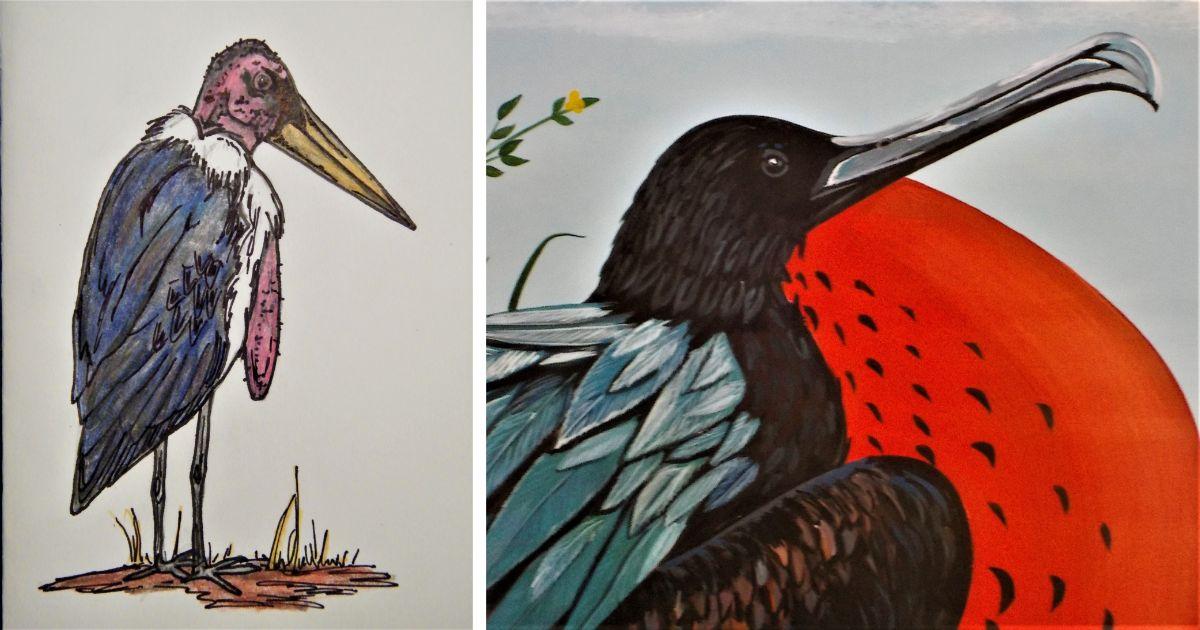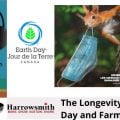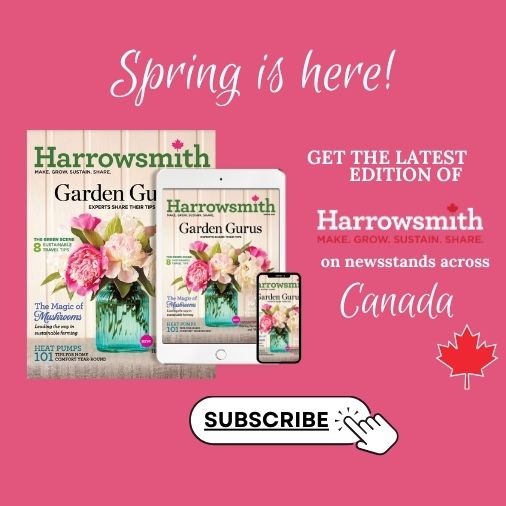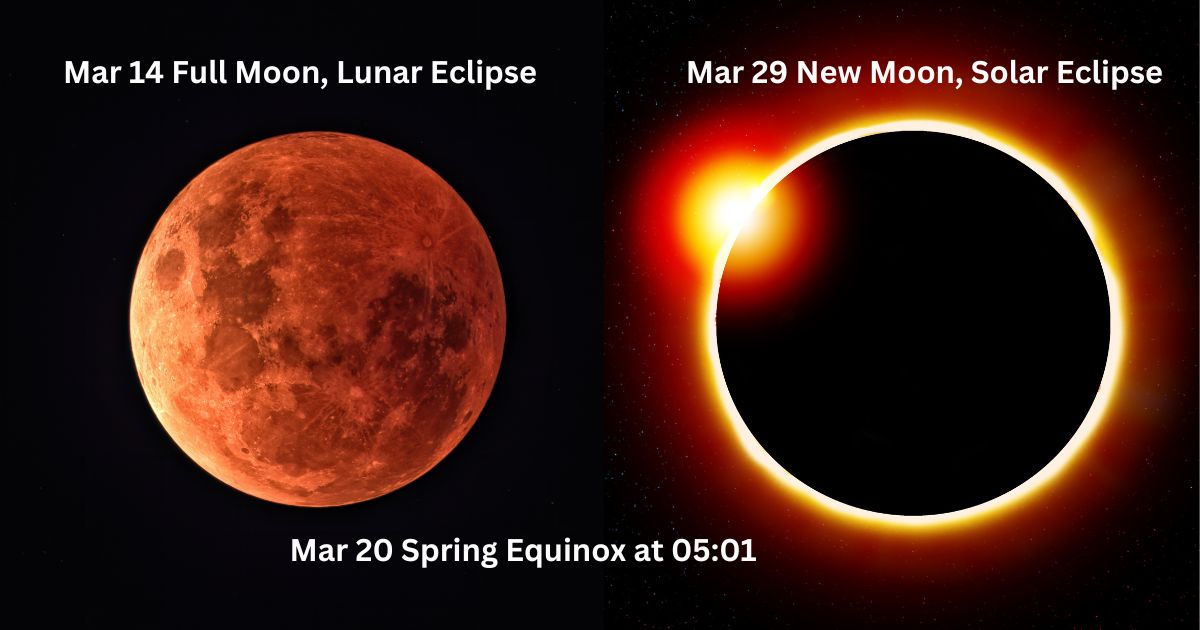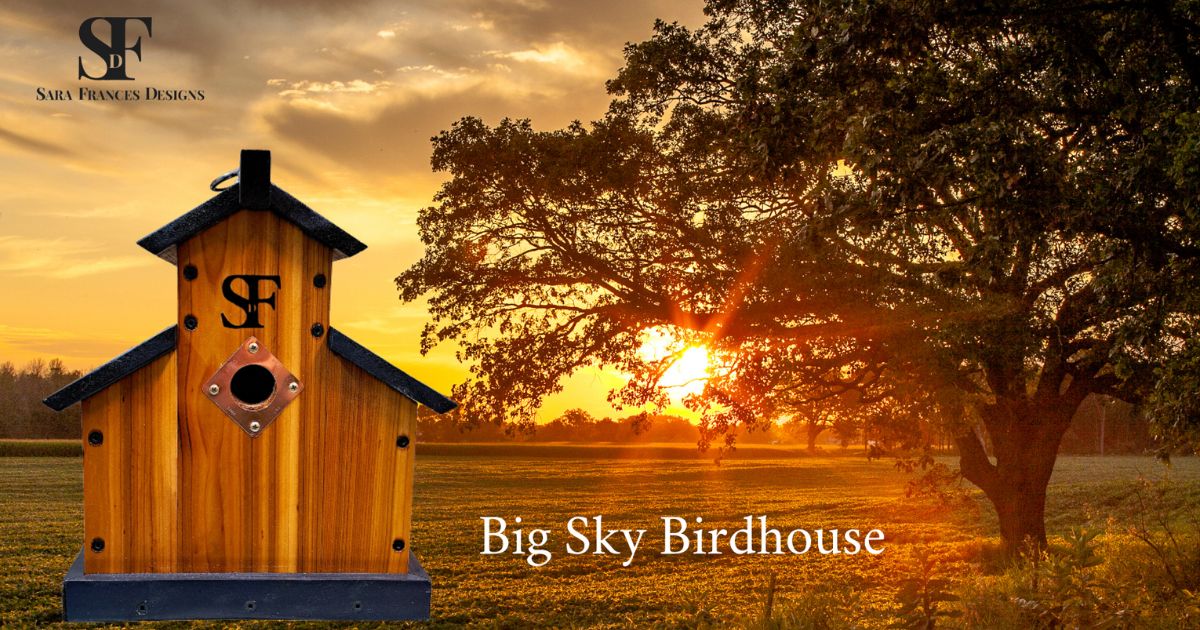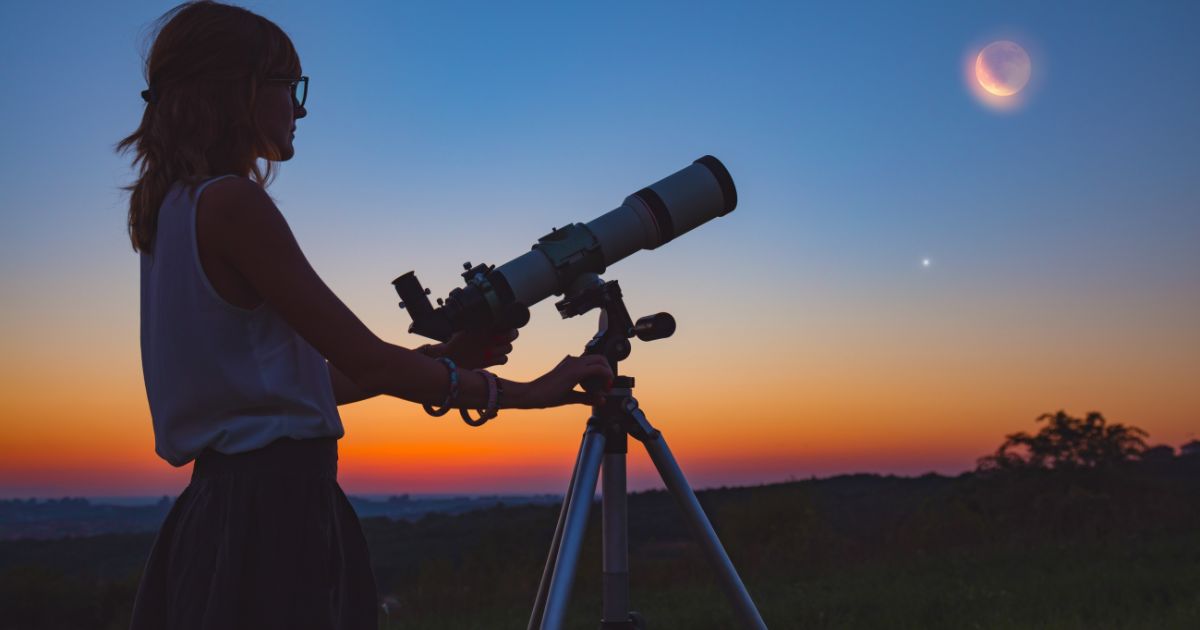Startling blood-red birds surrounded us in the Seychelles. Our guest house was situated on an “Audubon autobahn.” The red blurs zipped in and out of the shadows of the mammoth breadfruit and mango trees, sharing a flight path with the chattering fruit bats. I asked our housekeeper what the red birds were called,
pointing to the nearest one.
“We call that a robin.”
“A robin?” I didn’t believe her. I asked another woman selling tours to the national park, thinking she should know this intel. She confidently unfolded a weathered brochure and found the bird in question. “Here. It is
called a ‘Madagascar body.’” I read the fine print and, indeed, it was a ‘Madagascar body.’
“But,” she continued, “we call this bird a myna.”
“A myna?” I frowned. For those not in the know, a common myna is a brown, starling-like bird with a distinct
yellow patch behind its eyes. Its legs and beak are the colour of Kraft Dinner. It looks nothing like the “body” bird, which has cardinal-red plumage and black markings around its eyes. I wondered, “If locals called this
bird the myna, what did they call the myna bird? And if the body was the robin, what was the robin?”
Proper identification? A Madagascar fody, or red fody. Not “body.” Not “robin.” And definitely not “myna.” After a free tutorial, I soon realized how confusing the birds on the islands were. I laid all our rupees out on the bed and admired the flora and fauna on the colourful currency. There was a Seychelles magpie-robin and a Seychelles blue pigeon, which wasn’t blue at all. The endemic black parrot is more brown than black. The
black paradise flycatcher of La Digue is a glossy black that appears deep blue, but its head is definitely Crayola Noir.
I cut our jovial housekeeper and the tour operator some slack. Birds are confusing. On our family’s first tropical trip, to Freeport, Bahamas, in 1992, my mom was openly disappointed by the lack of local knowledge
about birdlife. We asked about an unusual hummingbird that we’d seen. “Do you know what kind of sandpiper that is?” Nope. “Have you seen a great lizard cuckoo?”
Yes, now there are apps and online resources for identifying the bird by its song, silhouette or nest. In the Bahamas, the National Audubon Society partnered with the InterAmerican Development Bank and the Bahamas National Trust (with support from the Ministry of Tourism) to establish a program that has trained 80 local community members to be bird guides. More than two dozen residents were trained to support citizen science efforts.

The lack of local bird knowledge is not confined to the Bahamas and the Seychelles. It’s rampant here in Canada too. Beyond the standard ID of a cardinal, blue jay, robin, chickadee, loon and Canada goose, maybe Canadians are guilty of calling goldfinches “canaries,” and assuming that all seagulls are of the same ilk.
There’s only one kind of seagull, right? And they want your picnic lunch! Fact: There are 23 species of gulls and kittiwakes in Canada. I can’t help but wonder why our school system focuses on such random and non-essential curriculums. I understand the motives behind exposing young, impressionable minds to everything in big gulps, but at age 47, I can state that gymnastics has not helped my career trajectory one bit. I can’t
even fathom doing a somersault or cartwheel at this point, and I almost regret spending over 100 hours of my elementary and high school years being trained in pommel horse techniques and “cat on a hot tin roof” moves on the balance beam.
Similar to somersaulting, fractions have not served any purpose in my life either. Maybe I’ll initiate a campaign to bring birding to the classroom. I’d cartwheel over that move. I was lucky to have a grandmother and mother who were intrigued by and curious about birds. My nan recorded the return of migratory birds on
her calendar each year, and their departure in the fall. We tromped around her pond, collecting goose feathers and keeping a close but distant watch of the loose sock nests of the orioles around her property.
Her kitchen, like ours, had three bird guides at the ready and a pair of binoculars. Once a month, Nan, my mom and I would attend the Brantford Nature Club meetings or join other members in an outing to observe nearby wetlands or the arrival of bluebirds. Guest speakers would present oldfashioned slide shows of their
travels to Ellesmere Island and Botswana. There, I met my naturalist “crush,” Shelia Smith. She was a naturalist and columnist at the Brantford Expositor. She wrote about birds and led bird-banding workshops
at Apps’ Mill Nature Centre, where I began to volunteer in Grade 9.
I’m not sure my kid sister appreciated the early bird banding lesson as she sacrificed her index finger to a hot-headed rose-breasted grosbeak. Still, my mom made sure we were exposed to the true wonders that were just overhead, if we slowed down long enough to pay attention. She bundled us up for owl prowls in the frozen woods, and our family road trips across Ontario involved landmark stops at the Jack Miner Bird Sanctuary (Kingsville) and Mountsberg Conservation Area (Campbellville), as well as boardwalk trails through Long Point’s marshes.
We always participated in Christmas bird counts, and I was thrilled to eventually tag along with Shelia
Smith on the Baillie Birdathon.

Shelia visited my classroom at the Farringdon Enrichment Centre after I wrote her long, gushing letters about my admiration of her African safari experience. I, too, wanted to see the hammerkops, hornbills
and marabou storks! I loved her illustrations and Countryside columns; I clipped out every single one and kept a scrapbook that chronicled her observations.
I also archived everything about Larry and Kay McKeever, the founders of the Vineland Owl Rehabilitation Centre. I wanted to be all of these people when I grew up. Shelia led bird-banding expeditions for my class, and we organized a birdhouse-building workshop too. The money raised was donated to the McKeevers’ owl sanctuary, and our class “adopted” an eastern screech owl named Rufous.

When Shelia asked if I’d like to be her Countryside guest columnist, I nearly fell over. I was going to write for Shelia Smith! It was the kid equivalent of being asked to contribute to National Geographic. I was a 10-year-old cub reporter!
This past spring, the Bruce Peninsula Press published an article about a local 15-year-old named Zane Shantz. The Miller Lake, Ontario, resident won the 2021 Bruce Peninsula Telephone Directory cover contest with his image of a snowy owl on a fence post wind-blasted with snow (to see the photo and learn more about Zane, turn to page 220).
The photo stopped me in my tracks. Zane has his own site (zaneswildlifephotography.blogspot.com), and his snaps of the northern hawk owl and saw-whet owl are remarkable. And he’s 15! His dedication, eagerness and awareness were so familiar.
If you have any bird bones in your body, you will be well familiar with the term spark bird. It’s a bird that sparks your interest in learning and seeing more about birds. It can be as dramatic as an indigo bunting or a “commoner” like a redwinged blackbird.

We are surrounded by birdlife, and birds are the easiest, cheapest entertainment and indulgence. Birding is not weather dependent, and you pull it off without any equipment. Whether you are smack dab in the city, on the beach or camping in a provincial park, birds are there. They’ll let you know where, if you pay attention.
Binoculars help, but they’re not necessary. A bird guide is a must, but online resources will eventually point you in the right direction. The Cornell Lab of Ornithology’s All About Birds website (allaboutbirds.org) and
eBird program (ebird.org) mesh scientists and amateurs with realtime data and resources to find species and hot spots.
Birds Canada (birdscanada.org) is synonymous with Project FeederWatch (feederwatch.org), a winter bird-population study, and has an excellent photo identification guide to assist you with your learning journey of
noting field marks, like the bird’s bill size and stripe patterns.
Make sure you also find your own expert, whether it’s your grandmother or a Parks Canada staffer. David Sibley, who wrote and illustrated The Sibley Guide to Birds, is a solid ally, but I grew up with Roger Tory Peterson, whose comprehensive book A Field Guide to the Birds is essential. Shelia Smith gave me my treasured copy back in 1988.
Inside the front of Peterson’s guide, she wrote: “The man who wrote and illustrated this book had a great idea and a lot of enthusiasm. He wanted to share a way of easily identifying birds. His first book was published when I was small. No one has found a better system and today, Roger Tory Peterson’s field guides are bestsellers. You too have ideas and enthusiasm to share so keep on writing and drawing and appreciating the world around you.”
I was 10 years old when Shelia gave me this book, and I still refer to it constantly. She has inspired many of my travels, especially to the golden Africa she instilled in my shiny, young mind long ago. Once you discover birds, it’s inevitable that your travels will begin to revolve around them. You’ll be hanging on the back of a motorcycle, winding your way up a serpentine mountain high above the coffee plantations in Minca, Colombia, to get to the El Dorado Bird Reserve.
You’ll be laying down all your savings to fly to the Galapagos to see the blue-footed boobies. In Belize, you’ll brace yourself on a choppy 2-hour ride from Caye Caulker, bypassing the famed Blue Hole to get to Lighthouse Caye, just to marvel at the enormous frigate and booby colony. In no time, you’ll find yourself leafing through the local currency and making note of what birds to look out for!
If you haven’t found your spark bird, it’s time. Thousands of birds will be taking to the skies to migrate this fall; according to Nature Canada, over 90 percent of the birds that breed in Canada migrate. Toronto’s High Park is ranked with Beijing and Istanbul as one of the top three spots for observing the raptor (hawk) migration.
Wherever you are, take note of the avian movement around you. Visit a new forest or shoreline and be sure to bring a young mind with you.
FOR MORE INFO
allaboutbirds.org
birdscanada.org
ebird.org
naturecanada.ca
sibleyguides.com

Do you know what bird was on the back of Canada’s $1,000 bank note before the bill was withdrawn in 2000? The pine grosbeak! For trivia junkies: The American robin, belted kingfisher, osprey, common loon, snowy owl and Canada goose have all appeared on our bills.
These bills have since been withdrawn, though they may be nest eggs sitting in off-shore accounts with the
Madagascar fody. Body? Robin? Myna? Yes, I’ll bet all my bills on that.
Jules Torti’s work has been published in The Vancouver Sun, The Globe & Mail, travelife, Canadian Running and Coast Mountain Culture. With experiences as a canoe outtripper, outdoor educator, colouring book illustrator and freelancer, she is thrilled to be able to curate, write and read about the very best things in life.

